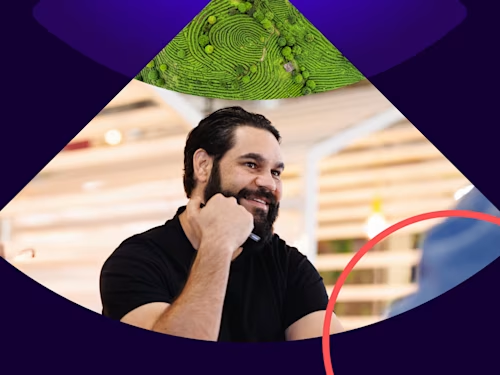
The Evolving, Indispensable Role of the Contract Manager
As the complexity of business contracts continues to grow, contract managers are increasingly moving towards a more digital iteration of the role.

In the past, the role of the contract manager in any organisation involved keeping track of a combination of filing cabinets, stacks of paper, scanners, printers and email accounts.
However, as the complexity of business contracts continues to grow, contract managers are increasingly moving towards a more digital iteration of the role. Our recent white paper, The State of Contract Management, shows that contract managers now rely on digital tools to help with the contracting process.
To get a sense of why this trend is growing and what the future holds for contract managers, let’s take a look at what that role looks like today and how digital solutions can improve the contract manager’s quality of life.
What does a contract manager do?
The contract manager is the person responsible for moving contracts through the full contract lifecycle. They are generally considered the point person for internal and external stakeholders for everything relating to the contract and the contract process. The chief purpose of the role is to get contracts from generation to approval quickly. This process has five basic elements:
Drafting. Internal stakeholders provide relevant information about what will go in the contract and the contract manager drafts a contract based on those requirements. If any revisions are required, the contract manager will draft the new language to include in the contract.
Facilitating collaboration and negotiation. While representatives from the relevant business units may handle the substance of negotiations, the contract manager advises them on how to achieve the best possible deal. They may also engage directly with the other party during the negotiation process.
Collecting signatures. Most contracts require signatures from multiple people internally and externally. The contract manager routes the contract to the relevant people for signature, which often requires signatures to be collected in a specific order.
Storage. After the contract is signed, the contract manager is responsible for safely storing the document.
Retrieval. There are many reasons why a contract will need to be accessed after it has been signed, such as tracking obligations and milestones, confirming language in the case of a dispute or updating specific terms that don’t require the drafting of a new contract. It is the contract manager’s job to make sure every contract is easy to find and access.
When we interviewed more than 1,300 contract professionals, less than half of them told us they thought manual, paper-based contract management was efficient or reliable. Outdated processes can increase the time it takes to create and sign contracts, and can introduce potentially costly mistakes.
The digital contract manager
The responsibilities of the contract manager have traditionally been focused on executing processes: the drafting process, the negotiation process, the signature process, and so on. For a job that requires extensive legal knowledge, if not an actual law degree, tasks like chasing down signatures and digging through file storage for old contracts ends up being a lot of low value work done by a high value professional.
But there is good news for modern contract managers: nearly all that busy work can be automated.
Digital contracts enable real time collaboration and communication between all parties. This keeps the conversation going and often leads to agreeable results more quickly than negotiations done asynchronously.
Electronic signatures make the signing process easier for each signer. Instead of signing multiple copies of a physical contract, electronic signatures mean each line only needs to be signed once. Agreements are automatically routed to the next signer, with visibility into who needs to sign next and status.
Digital storage and intelligent search mean there is no concern about where a document is or how to find it. Since the documents are all digitally stored in the same place, there is no need to dig through folder after folder on drive after drive to find the contract you’re looking for.
How Docusign can help contract managers
When the contract manager is no longer focused on the mechanics of each step in the contract process, they can spend more time on more strategic and higher value tasks. Docusign has a suite of tools that enable contract managers to streamline the tedious aspects of their job.
Docusign eSignature. Securely send and sign contracts from almost anywhere and maintain a complete audit trail with the leading e-signature solution.
Docusign CLM. Centralise your contracts, standardize agreement processes and eliminate busywork.
Docusign integrations. To maximise the power of process automation, contract managers can integrate their Docusign tools with a multitude of business applications like Zoom, Salesforce, and SAP.
Contract analytics. When details are analysed by AI, you can skip right to the fun part: turning the raw data of contract analytics into smarter strategies and better deals.
Learn more about contract lifecycle management.
Docusign IAM is the agreement platform your business needs


